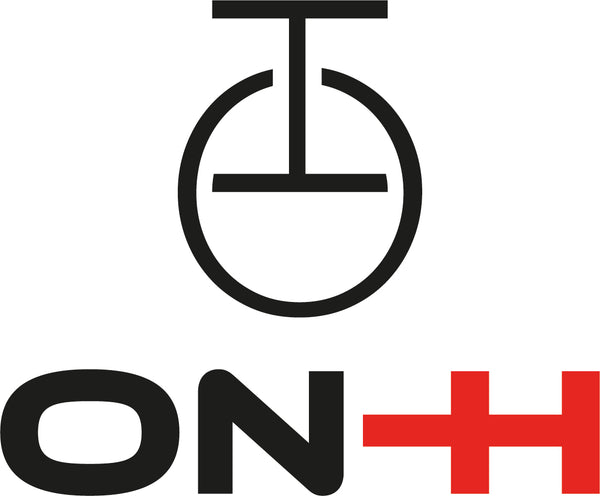Sharp in the horse: causes, signals and management strategies
Share
Agitation in Horses: Causes, Signs and Management Strategies
Agitation in horses is a complex phenomenon that can arise from several factors, affecting the physical and mental well-being of the animal. An agitated horse can exhibit abnormal behaviors that, if not understood and managed properly, can compromise its performance and safety.
Causes of agitation in horses
Behavioral instability in a horse can be attributed to a combination of environmental, physical, and management factors. Below, we analyze the main causes:
1. Environmental factors
The environment in which the horse lives plays a fundamental role in its psychophysical balance. Some elements that can generate stress include:
- Sudden or excessive noises (traffic, construction, severe weather events);
- Excessive movement around the box or paddock;
- Presence of predators or unknown animals;
- Conditions of prolonged isolation (lack of social interaction with other horses can alter his emotional state).
2. Physical discomfort and health problems
A horse may become agitated due to physical disorders that cause pain or discomfort, such as:
- Dental problems (difficulty chewing, toothache);
- Muscle or joint pain (inflammation, arthritis, undiagnosed lesions);
- Colic or gastrointestinal disorders;
- Unkempt hooves or inadequate shoeing.
3. Unbalanced diet
An incorrect diet can affect the horse's behavior. Some things to consider:
- Excess carbohydrates and sugars can increase energy and restlessness;
- Magnesium and other essential mineral deficiency can make the horse more susceptible to stress;
- Lack of sufficient fiber can alter digestion and cause discomfort.
4. Inadequate management and training
A horse's daily routine should be balanced between physical activity, rest, and social interactions. Some common management mistakes include:
- Excessive confinement in the box without adequate movement;
- Aggressive or inconsistent training methods;
- Frequent change of environment or routine which destabilizes the horse.
Signs of agitation in the horse
A horse communicates its emotional state through body language and behavior. The most common signs of agitation are:
🔹 Excessive and nervous movements (trampling, sudden jerks, difficulty remaining still);
🔹 Frequently whipped tail, sign of discomfort or irritation;
🔹 Ears back and tension in facial muscles;
🔹 Repeated yawning or shaking of the head, symptoms of stress or frustration;
🔹 Refusal to cooperate (work resistance, difficulty in managing under the saddle or on the ground);
🔹 Hyperreactivity to external stimuli, such as sudden sounds or movements.
Monitoring these signals allows you to intervene promptly before the agitation turns into more dangerous behaviors, such as attempts to escape or aggression.
How to Manage and Reduce Agitation in Horses
A conscious and targeted management is essential to prevent and reduce agitation in horses. Here are some effective strategies:
1. Ensure a calm and structured environment
✔️ Stability and routine: maintain regular schedules for eating, exercise, and social interaction;
✔️ Paddock and socialization: allow the horse to spend time outdoors and interact with other horses to reduce isolation;
✔️ Controlled environment: avoid overloading with stressful stimuli such as sudden noises or frequent changes in context.
2. Check your health and physical well-being
✔️ Regular veterinary visits to identify and treat any health problems;
✔️ Hoof and teeth care, essential for general well-being;
✔️ Weight and body condition monitoring to avoid nutritional deficiencies or food overload.
3. Optimize your power supply
✔️ Avoid excess sugars and starches which can increase excitability;
✔️ Supplement with essential minerals and vitamins, especially magnesium and tryptophan, known for their relaxing effects;
✔️ Offer a balanced, fiber-rich diet, promoting digestive well-being.
4. Training approach and human interaction
✔️ Use positive reinforcement training methods, avoiding excessive coercion;
✔️ Ensure gradual progression in work, respecting the horse's learning times;
✔️ Trust qualified professionals to improve communication and horse management in times of difficulty.
Conclusion
Agitation in horses is never random: it is the result of a physical, environmental or management imbalance. For this reason, careful observation and understanding of equine behavior are essential to ensure their well-being and improve the relationship between horse and rider.
A serene horse is more efficient, more collaborative and, above all, happier. Investing in its psycho-physical balance means improving its quality of life and the safety of those who manage it.
🔎 If your horse shows signs of agitation, analyze the causes and intervene with targeted strategies. Well-being starts with knowledge!
